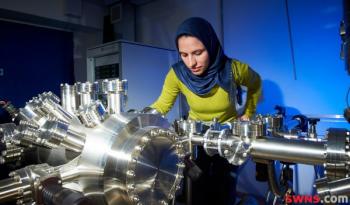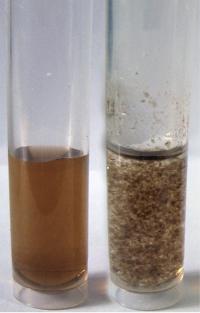That's how the National Graphene Center in Manchester will look like
Back in February the UK government announced a £50 million graphene drive, which included £38 million for the National Graphene Institute (NGI) at the University of Manchester (construction is scheduled to begin soon). The BBC posted about the NGI, showing us how the building will look like:
 The National Graphene Center plan
The National Graphene Center plan
The five-story 7,600 square meter building (which will be located on Booth Street East) will include a large research lab and two clean rooms. According to the current plan it will be ready in 2015, which is actually a delay (originally they planned to complete it by Q3 2014).

